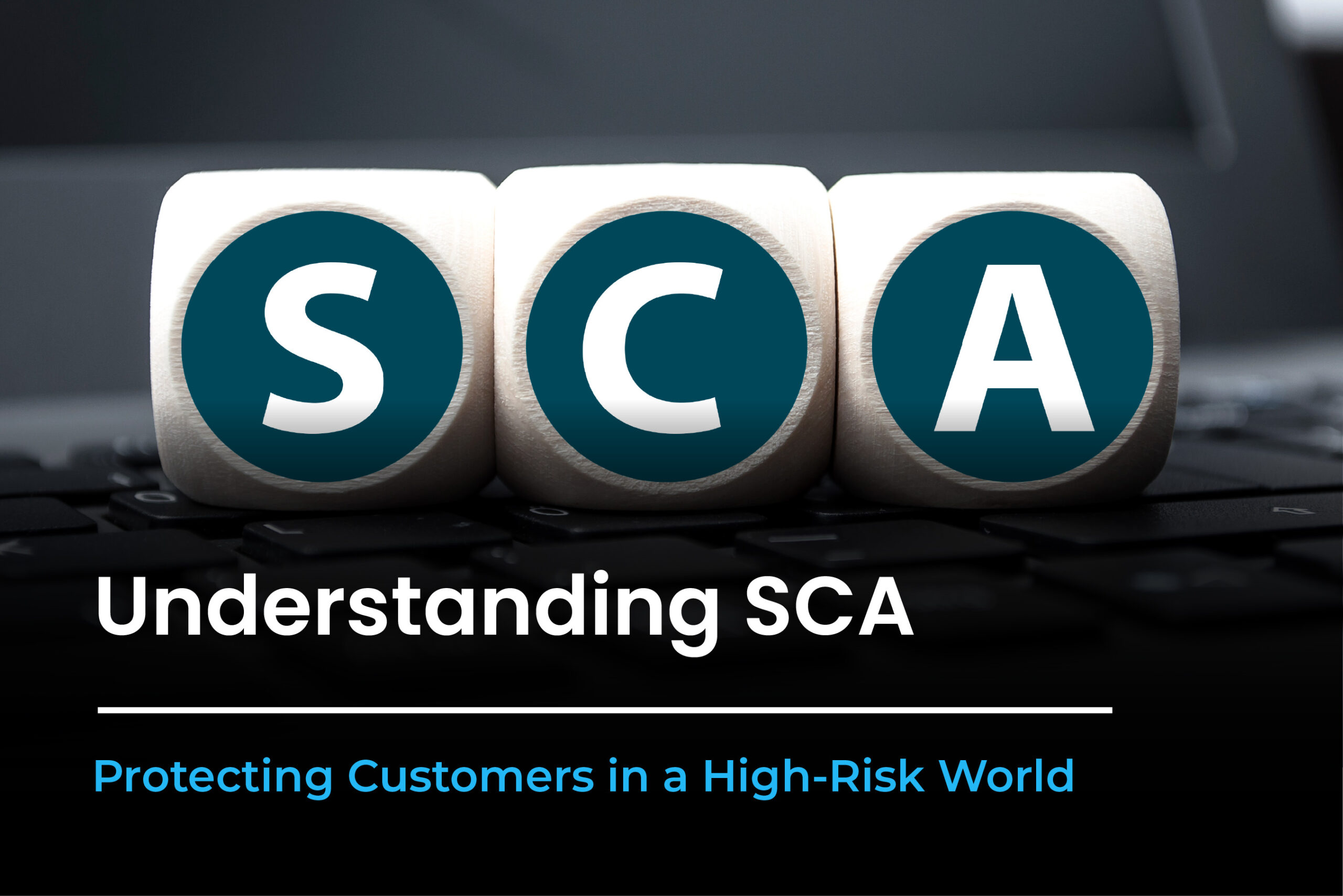Understanding Strong Customer Authentication: Why It Matters More Than Ever

Every 39 seconds, a new cyberattack hits businesses worldwide. What’s staggering is that nearly 88% of those breaches start with stolen credentials. If you run a business, you might be thinking, “This is scary, but how can I protect my customers without making their lives harder?”
I’ve asked myself the same thing: How do we implement strong customer authentication that keeps users safe without driving them away?
That is both the opportunity and the dilemma of the present scenario of digital security. This post can assist you if you’ve ever wondered, “What is customer authentication?” or have had trouble striking the correct balance between robust security and user experience. We will address the what, why, and how of strong customer authentication and offer recommendations on how to do it successfully and without causing complications.
What Does Strong Customer Authentication Mean?
Let’s begin with the fundamentals. Requiring users to authenticate themselves using a minimum of two independent factors is known as strong customer authentication. You request additional information than just a password, such as a physical security key, a unique code on their phone, or their fingerprint.
We often recall a time when the only security measures in place online were passwords. However, it eventually became evident that using passwords alone was equivalent to securing your front door while leaving all your windows open.
Now, businesses are legally obligated to implement this multi-factor strategy for online payments and other sensitive operations under regulations such as PSD2 strong consumer authentication in Europe. PSD2’s guiding principles are influencing international security best practices, even if you’re not in Europe.
What does this look like in the real world? Think about these instances of strong customer authentication: authorizing a push notification that is sent to your phone (something you have), scanning your fingerprint (something you are), or typing a password (something you know). This multi-layered strategy helps in identifying fraudsters in their tracks.
Why Strong Customer Authentication Matters More Than Ever!
You might worry, “Won’t asking for more authentications make my customers frustrated? Won’t it slow down business?” Those are fair questions we hear all the time.
But here’s the thing; when done right, secure customer authentication doesn’t push users away. Instead, it builds trust. Customers want to feel safe, especially when they’re sharing sensitive data or making payments. We’ve seen companies reduce fraud and simultaneously increase user confidence by adopting strong authentication methods.
Today, the identity verification definition has expanded. A username and password are no longer enough; real-time multi-factor verification is now mandatory. That is why strong consumer authentication is essential for protecting your organization and customers against fraud.
The Building Blocks of Strong Customer Authentication
You must be aware of the fundamental elements of strong customer authentication to fully comprehend it. It depends on two or more of these independent factors:
- Something you know: This is usually a password or PIN.
- Something you have: Like a smartphone, a hardware token, or a security key.
- Something you are: Biometric traits such as fingerprints, facial recognition, or voice patterns.
One important detail is that these factors must be independent of each other. For example, if you receive a One-Time Password (OTP) via SMS, but an attacker can also access your texts, that weakens security.
Another key piece is called dynamic linking. This means that the authentication is cryptographically linked to the specific transaction information (such as the payment amount and recipient), making it difficult to tamper with the transaction after authentication.
When Does Strong Customer Authentication Apply?
If you deal with online payments or sensitive accounts, you probably already need to develop strong customer authentication. According to PSD2 strong customer authentication rules, it’s required when:
- Initiating an online payment or transaction.
- Accessing sensitive banking or payment accounts.
- Performing any action that could expose personal or financial data.
The good news is that secure customer authentication isn’t just about compliance. It also safeguards other sensitive data, such as medical information, government services, and corporate applications. So, even if you are not required by PSD2, using robust authentication makes sense.
When Can You Skip Strong Customer Authentication?
Of course, repeatedly requesting multi-factor authentication will frustrate users. That is why some exceptions exist, allowing for smoother experiences while maintaining security.
Here are the important exemptions you should be aware of:
- Low-value transactions: Unless they occur regularly or exceed a cumulative threshold, payments of less than €30 do not typically require full verification.
- Recurring payments: Fixed subscriptions typically require authentication just for the initial payment; subsequent charges may be excluded.
- Trusted beneficiaries: Users can whitelist trusted recipients to avoid having to provide additional verification each time.
- Risk-based exemptions: Smart fraud detection can enable low-risk transactions to avoid additional authentication processes.
A Quick Summary of Exemptions
- Up to five consecutive low-value payments or €100 total before full authentication is triggered.
- Merchant-Initiated Transactions (MITs) require authentication on the first payment but not on subsequent charges.
Keep in mind, these exemptions can vary by region, so stay current with local regulations.
Exploring Customer Authentication Methods
Picking the right customer authentication methods can be tricky. Here’s a quick look at popular approaches:
- 3-D Secure (3DS): Used for online card payments, 3DS2 improves user experience with device recognition and better flow.
- Biometrics: Fingerprints, facial scans, and voice recognition are powerful inherence factors, especially combined with device authentication.
- Push notifications: Users get a real-time approval request on their device. While fast and convenient, it needs protections to prevent abuse.
- Passkeys and passwordless customer authentication: These newer technologies eliminate passwords altogether, offering strong security with ease of use.
- One-time passwords (OTP): Delivered by SMS or apps, they’re widely used but less secure than biometrics or hardware tokens.
Your choice depends on your business needs, regulatory requirements, and what your customers prefer.
How to Implement Strong Customer Authentication the Right Way?
Implementing strong authentication isn’t just about ticking a box. Here’s how we recommend you approach it:
Use multi-factor authentication platforms that support dynamic linking and real-time risk scoring.
- Adopt 3DS2 to reduce friction during payment authentication.
- Leverage risk-based authentication so you only challenge users when necessary.
- Always cryptographically bind authentication to transaction details.
- Keep the user experience friendly with clear consent screens and smooth fallback options.
- Stay aligned with local rules, such as India’s RBI e-mandate requirements for recurring payments.
Practical Steps for Implementation
- Identify all payment and sensitive access points needing strong authentication.
- Integrate with payment providers’ APIs that support step-up authentication and mandates.
- Use centralized risk engines to decide when to require stronger authentication.
- Test every scenario, including exemptions, failures, and retries.
- Monitor fraud rates and user drop-offs continuously.
- Train your customer support team to handle authentication questions confidently.
Why AuthX Is the Right Partner for Strong Customer Authentication?
At AuthX, we understand that strong customer authentication solutions need to do more than meet regulations. They must fit seamlessly into your business and improve security without frustrating your users.
Our platform orchestrates multi-factor and passwordless customer authentication in one place. We support advanced biometrics, passkeys, and flexible risk-based policies. Additionally, you can stay compliant with PSD2 strong customer authentication and other international requirements by using our audit logs.
Our user-friendly SDKs and APIs are admired by developers, and product teams love how quickly they can modify flows without having to start from scratch. “AuthX made secure authentication painless for both our users and our team,” one customer said.
Looking Ahead: The Future of Strong Customer Authentication
Where is all this headed? We believe the future is passwordless customer authentication using biometrics and device-bound credentials that users barely notice but keep them safe. Continuous and adaptive authentication will analyze risk behind the scenes to minimize friction. And new regulations like PSD3 will bring clearer guidance and expand protections beyond payments.
At AuthX, we’re already building toward this future, helping organizations implement scalable, flexible solutions that balance security with user experience.
Conclusion
Understanding customer authentication, and why strong customer authentication is important is vital for every modern organization. It’s no longer an option; it’s necessary for protecting digital identities and transactions. By implementing the right customer authentication solutions, you not only meet legal requirements, but also prevent fraud and develop long-term trust with your consumers.
Contact us for a demo or consultation to learn more about how AuthX can help you install industry-leading strong customer authentication solutions tailored to your specific needs. We’re here to help.
FAQs
What is strong customer authentication?
To increase security and reduce fraud, users must verify their identity using two or more independent methods.
How does PSD2 strong customer authentication impact businesses?
Businesses serving the EU/EEA must implement SCA for electronic payments or risk declined transactions and penalties.
What are common strong customer authentication examples?
Using passwords with OTPs or biometrics combined with security keys adds multiple layers of verification.
Can strong customer authentication affect user experience?
Yes, but current approaches like as biometrics and risk-based authentication ensure that it runs smoothly while remaining secure.
What is passwordless customer authentication, and how does it relate to SCA?
Passwordless approaches use biometrics or device keys instead of passwords, which meet SCA’s stringent security requirements while enhancing simplicity.





